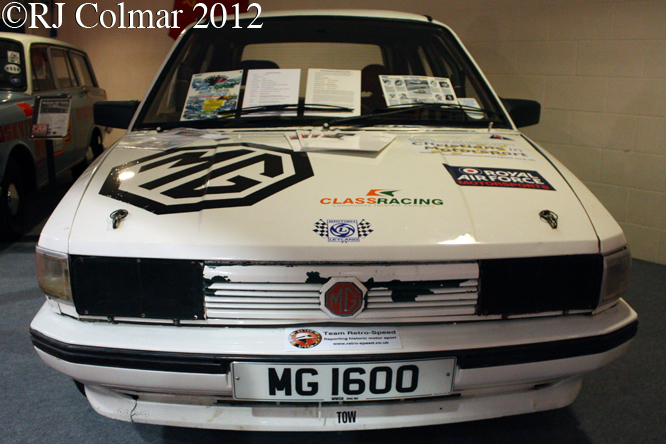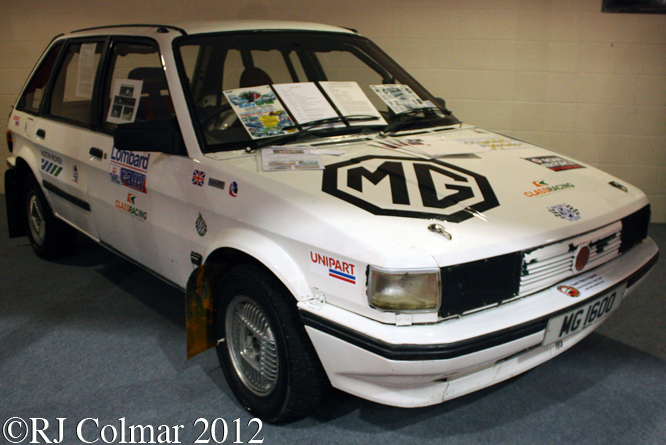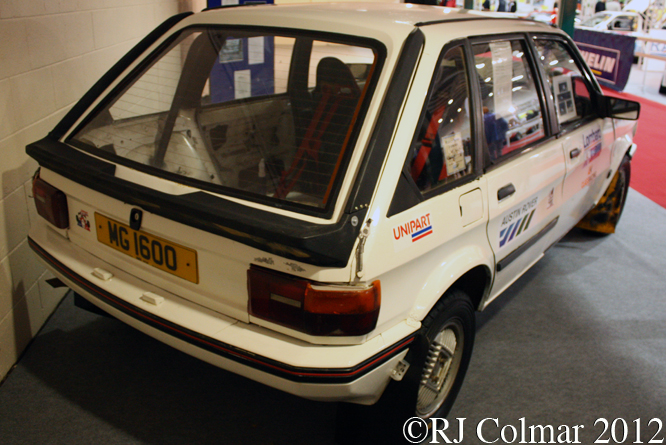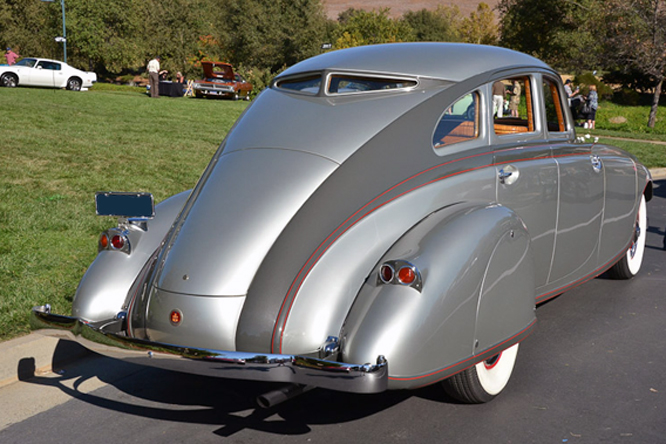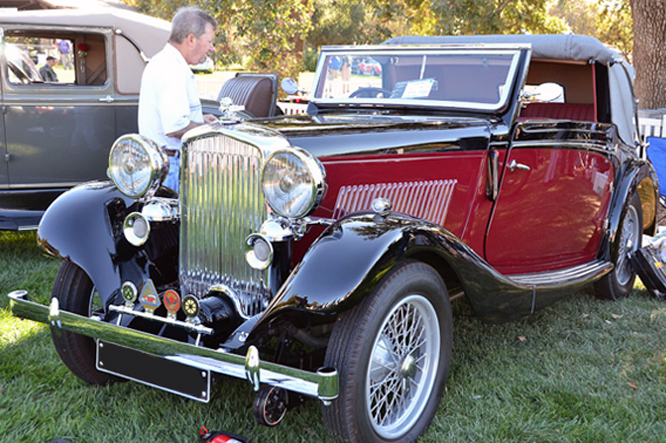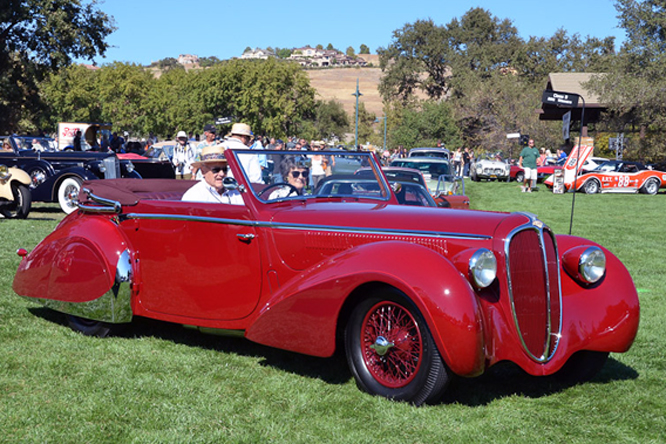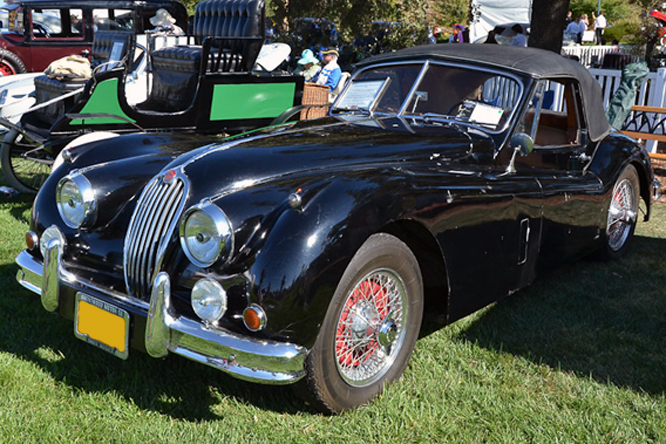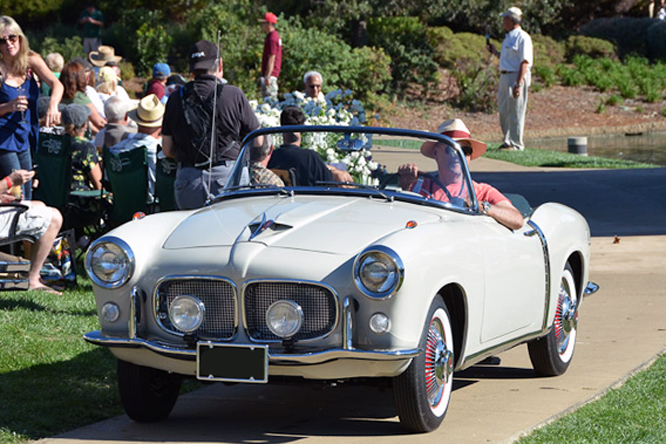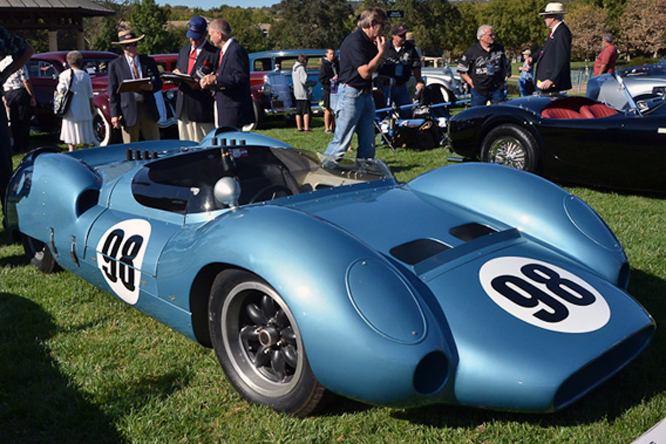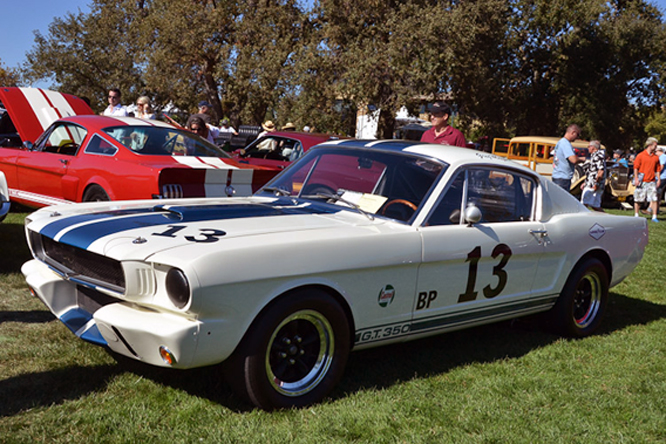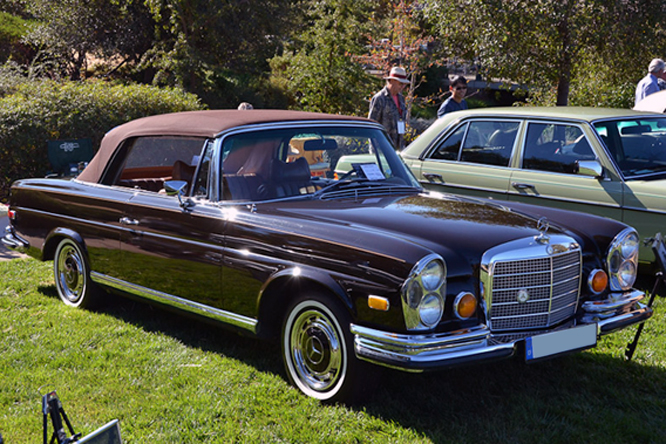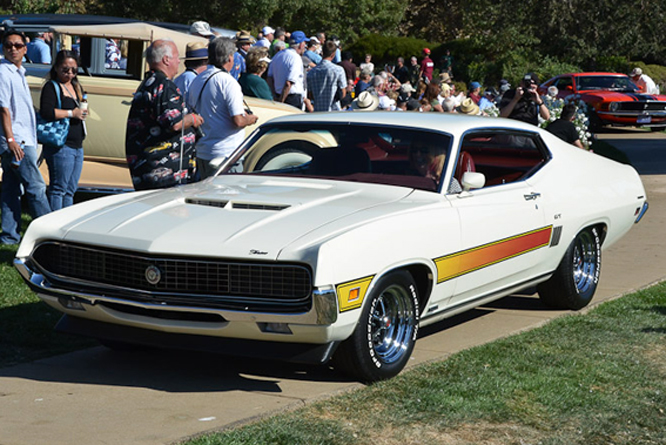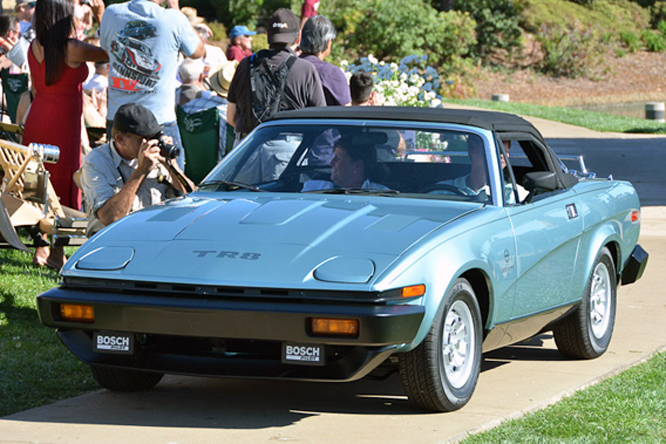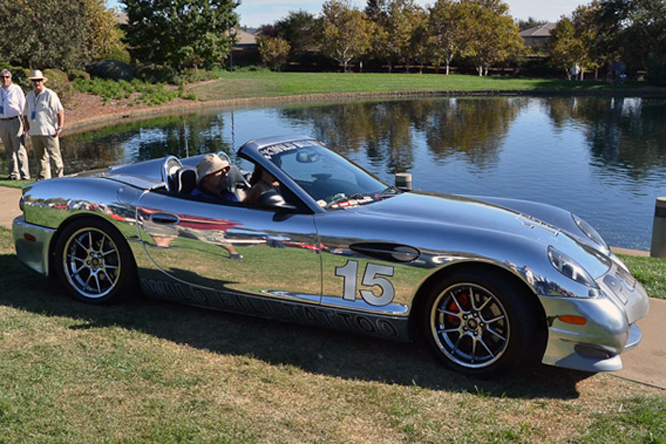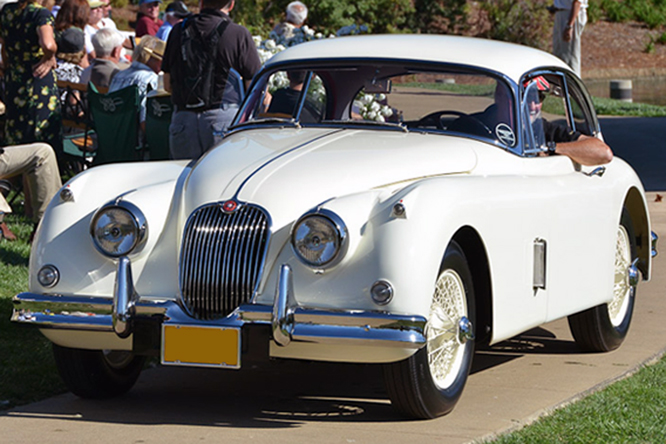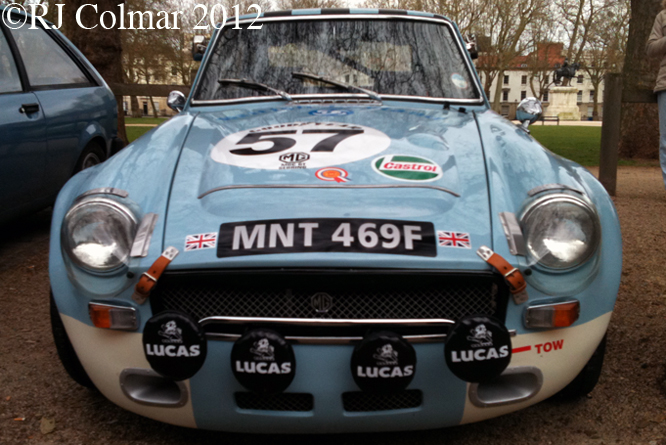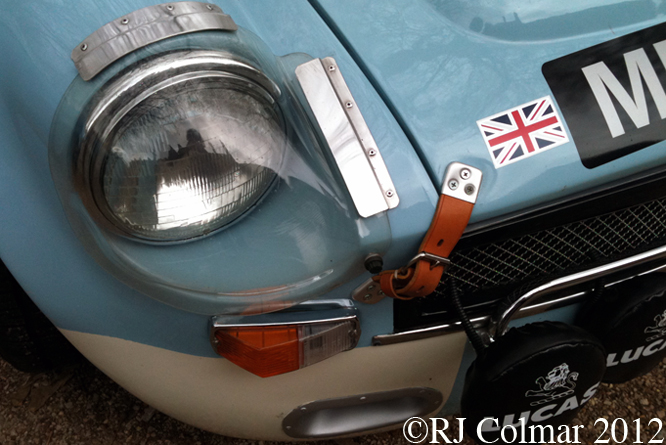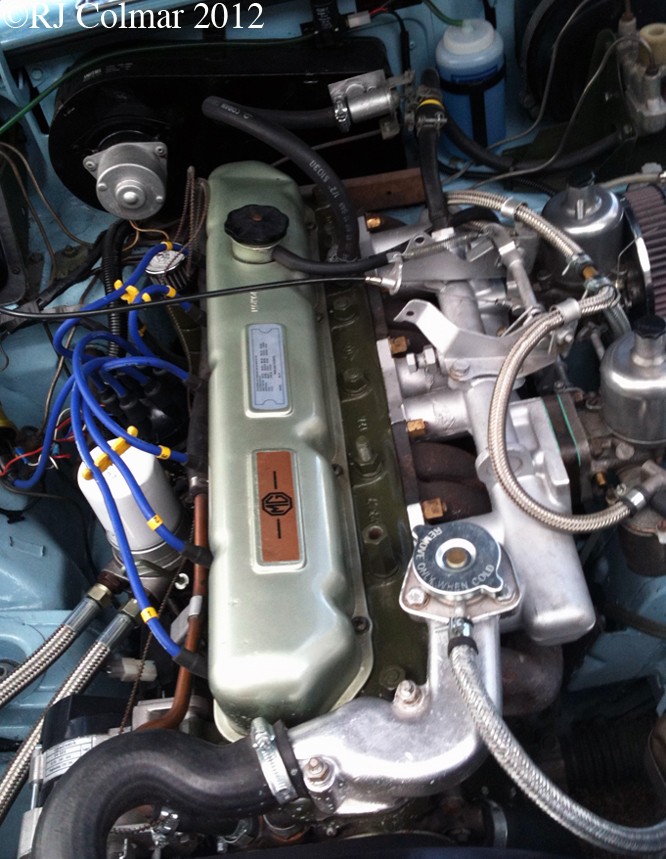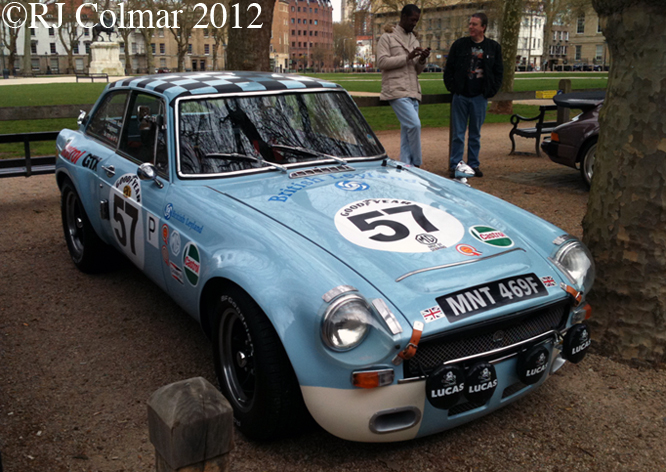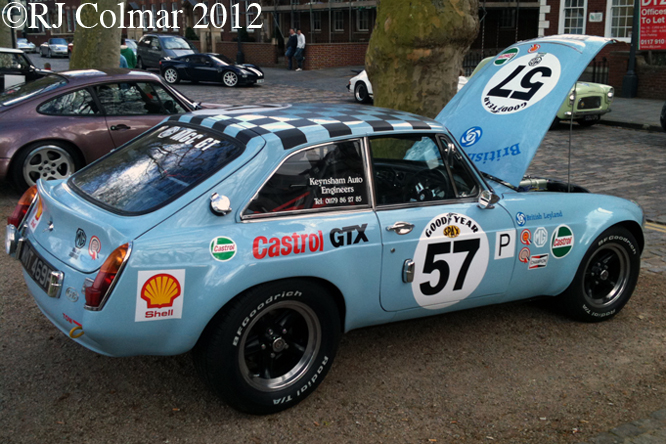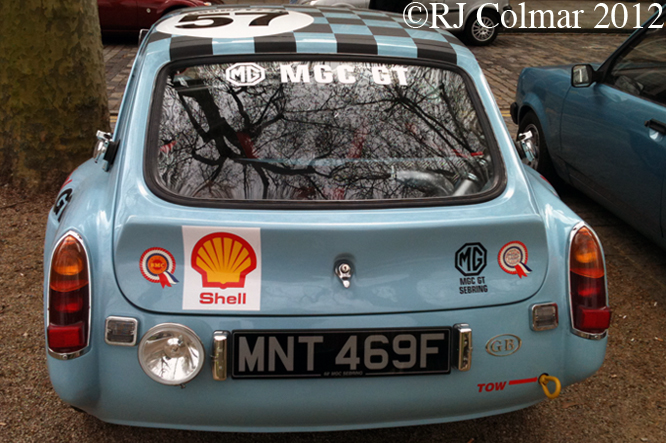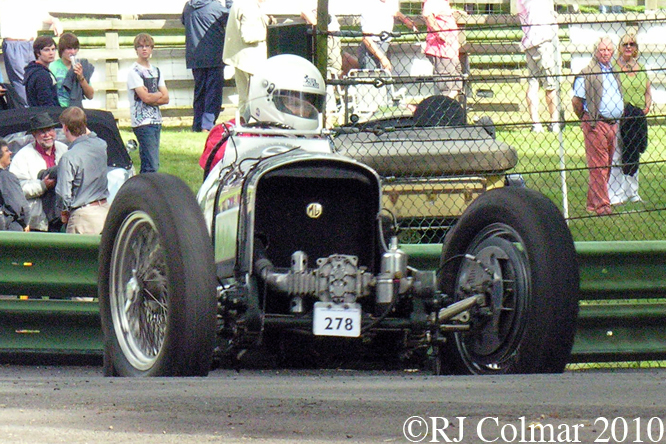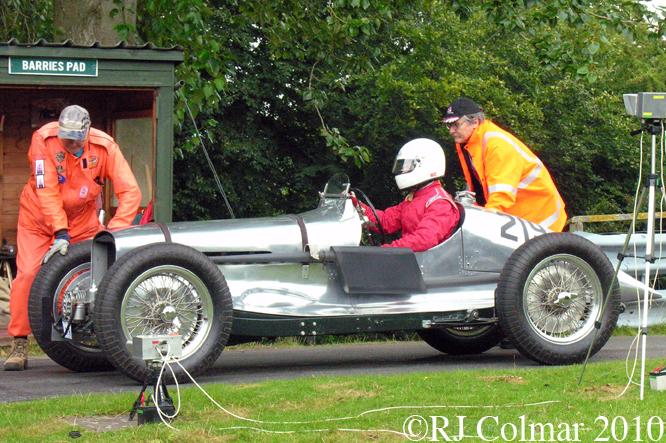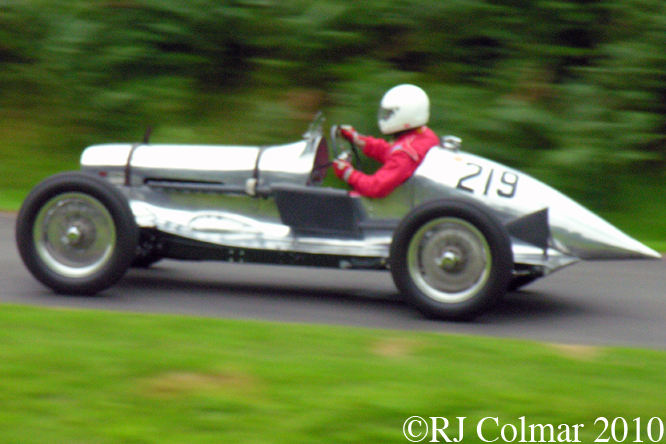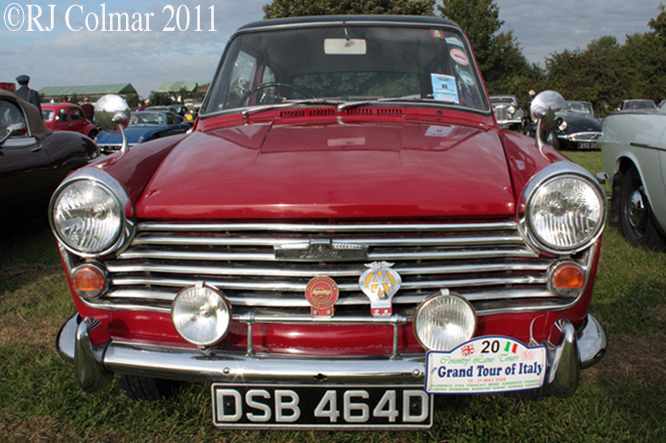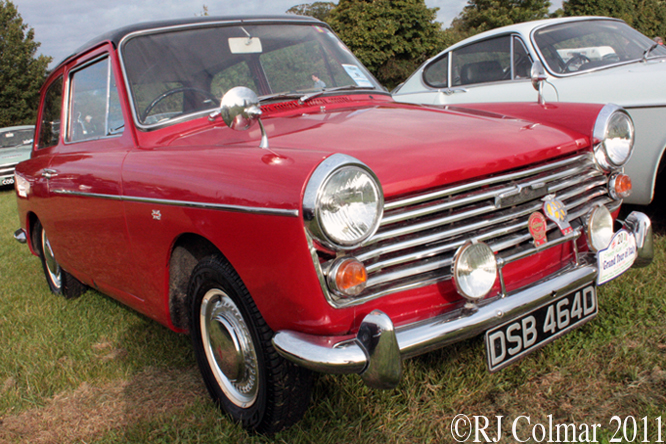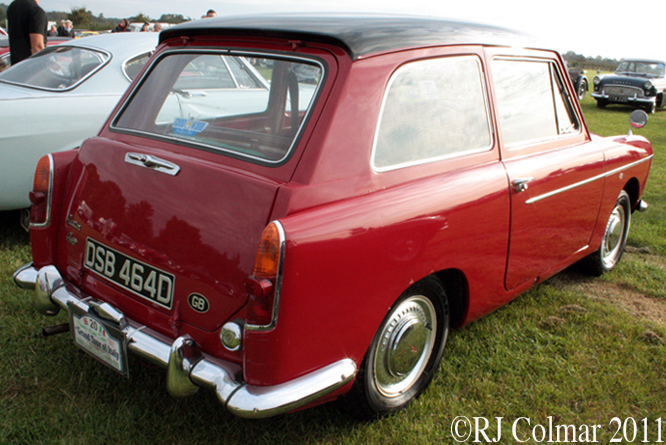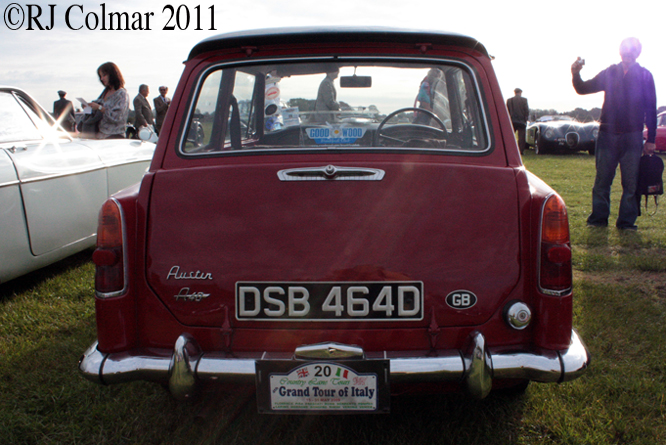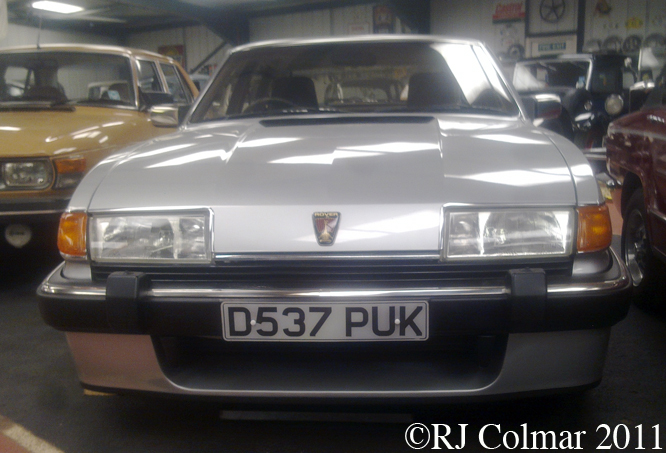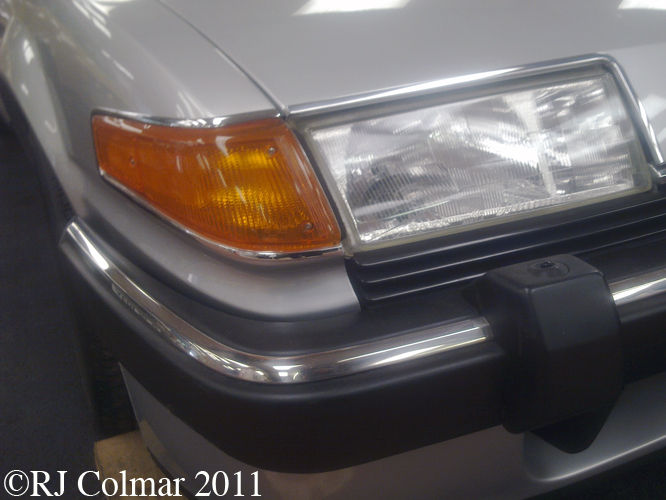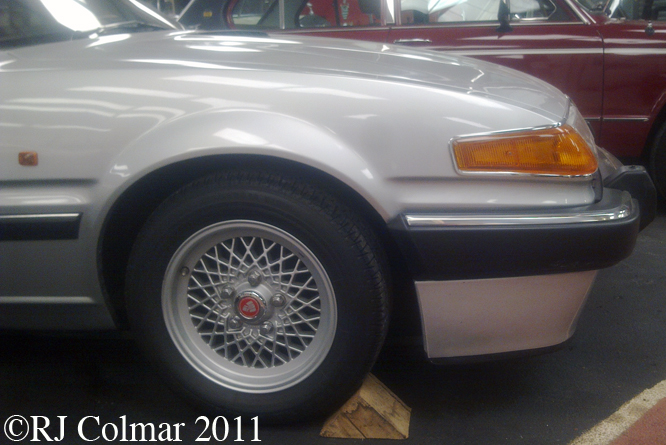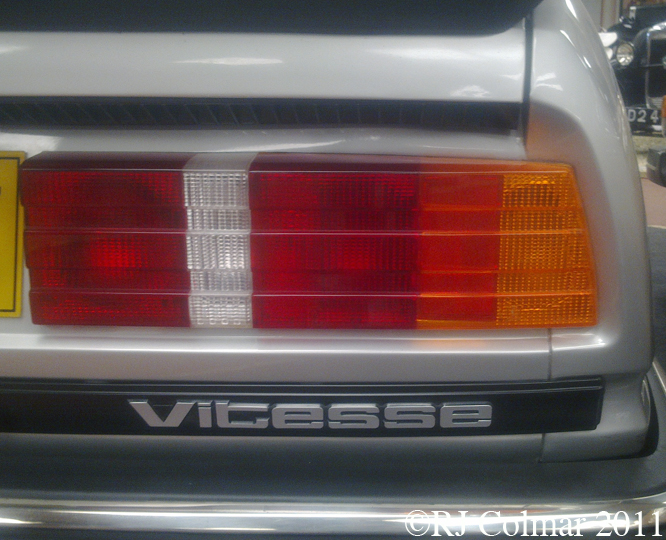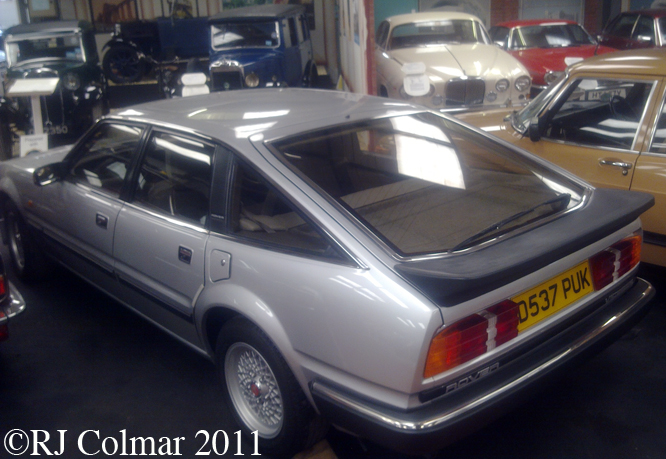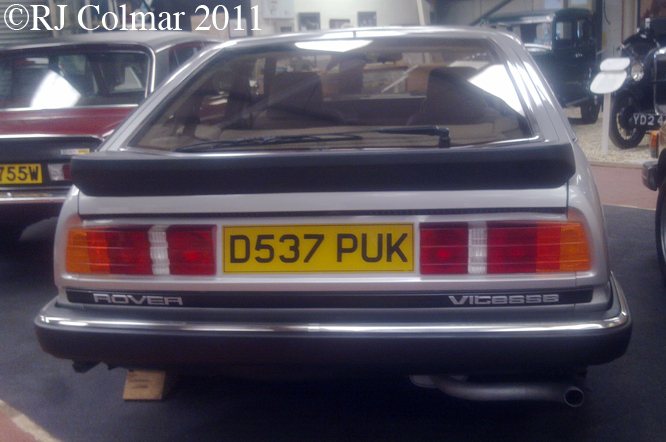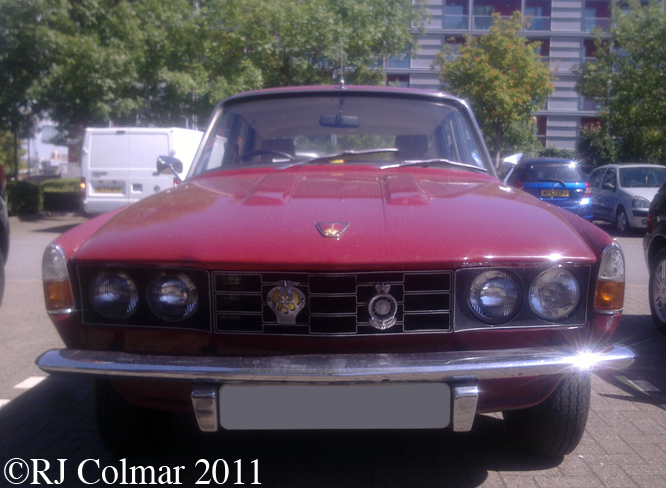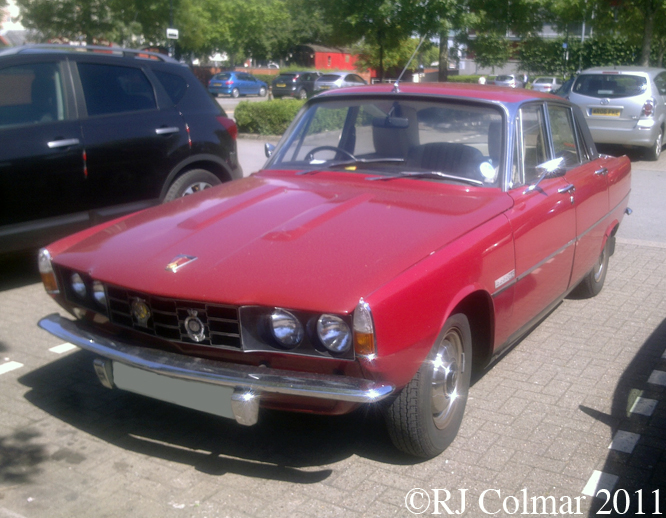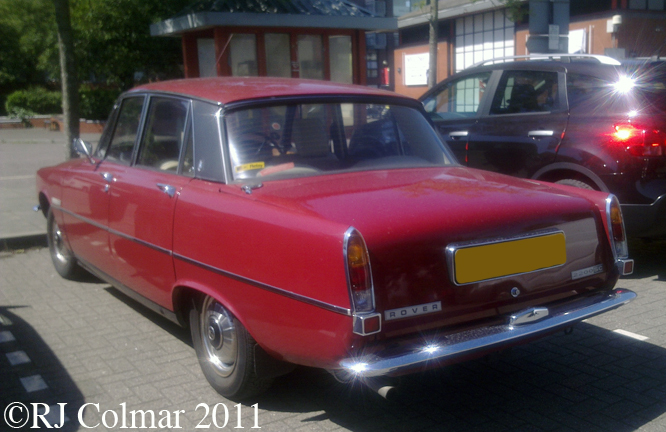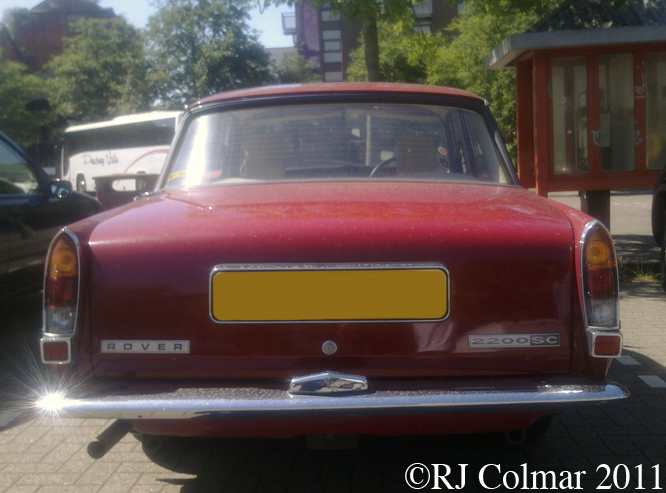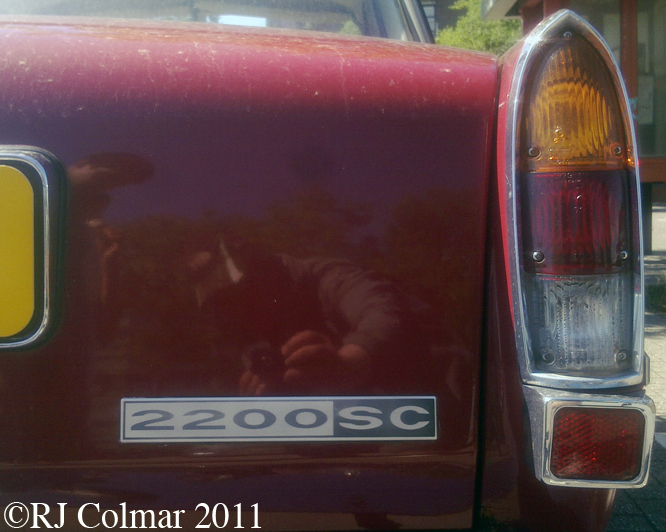Advertisers excelled them selves in 1983 when they were tasked with coming up with a strap line for the hot version of British Leyland’s Austin Maestro which was to be badged as an MG, they proclaimed the MG Maestro 1600 was “Born To Perform Miracles“.
Of course depending on your belief system it would be very easy see how such brazenness was bound to disappoint after all even if you believe in miracles it is a bit much to expect a metal box on four wheels and an internal combustion engine to perform works which are usually the preserve of the the son of the big man with a big white beard dressed in a white robe.
However the basic Maestro was comfortable and especially roomy, compared to trend setting VW Golf, Vauxhall Astra and Ford Escort against which it was competing in the market, however the Austin Maxi derived R series motor was prone to hot start issues, premature crankshaft failures and the VW Golf size wheel bearings proved unequal to the task of carrying the larger heavier Maestro which led to further failures, all of which was compounded by the British Leyland managements legendary difficulties in getting it’s work force to achieve the kind of build quality that was taken for granted by some of it’s competitors.
The MG Maestro 1600 had a further problem added to those of it’s lesser Austin Maestro bretheren in the form of the twin Webber carburetors which boosted the power to 110 hp but which proved difficult for dealership technicians to tune. Unsurprisingly the MG Maestro 1600, as seen here, fell well short of miracle performing expectations and was only in production for the 1983/84 model year when it was replaced by the 2.0 EFi which was much better placed to out perform it’s rivals.
This particular vehicle is one of eight cars prepared for the 1983 Rally Sprint race. Rally Sprint was a multi disciplinary event for four Grand Prix drivers and four Rally drivers which comprised a rally stage in which competitors used identical Rover SD1s, an autotest using identical MG Metros and a race for identical MG Maestro 1600s.
Tony Pond drove this car in the race, it was the only white car in the race so is easy to identify, Pond finished third in the race with a severely savaged passenger door just about hanging on. Tony who had been Rally Sprint Champion in 1980/81 and 1982 lost his title after a thrilling race to a young man who had yet to win his first Grand Prix namely future world champion Nigel Mansell.
Thanks for joining me on this “Second Coming ?” edition of “Getting a li’l psycho on tyres” I hope you will join me again tomorrow. Don’t forget to come back now !

